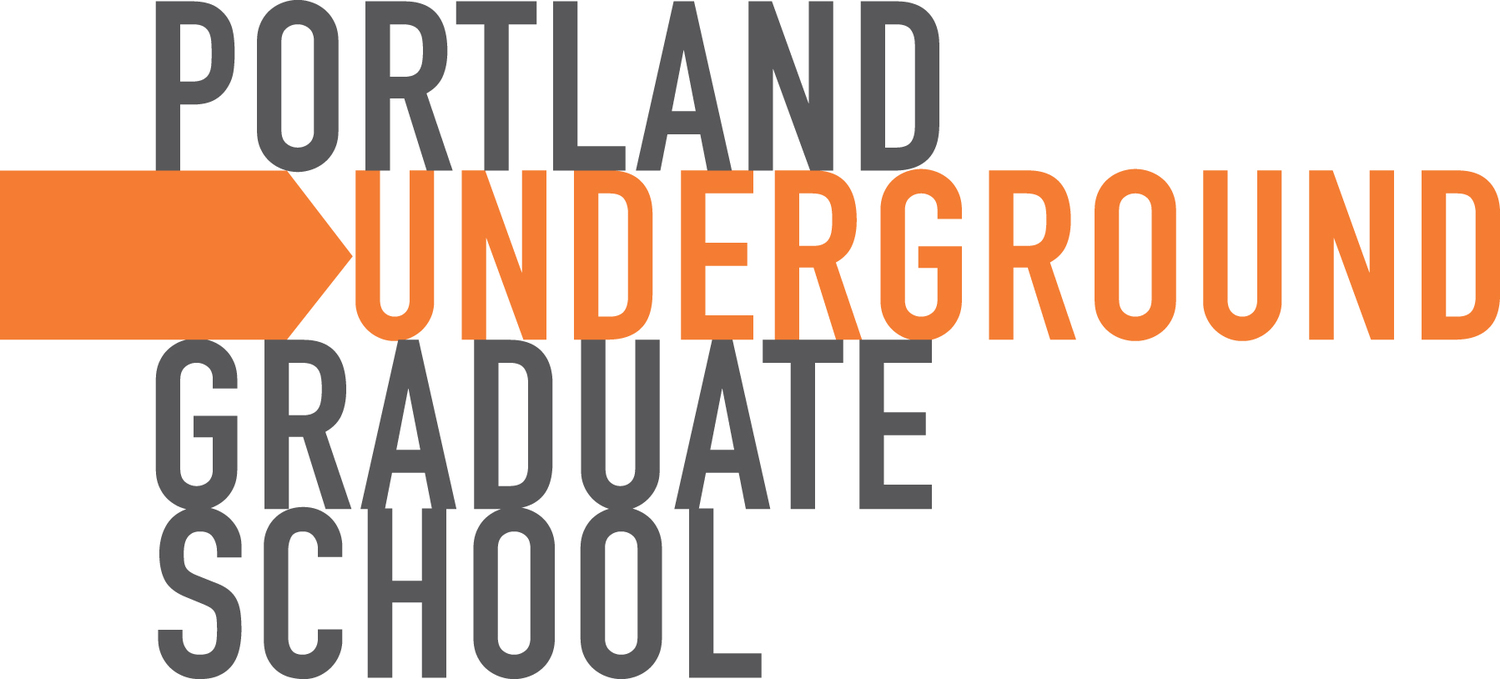School Debt is Killing America's Future
/a collective 1.5 trillion in Student loan debt is holding us back.
For more than a decade, young people have been told they will never get a good job without a university degree. Over two-thirds of us can't afford to pay tuition out of pocket, so we get a student loan. It's so normal that we barely think about it but the student debt crisis is saddling our young people with an impossible choice: Take on a massive, 10+ year debt at the very start of your independent lives, or risk getting stuck in low-paid, insecure employment.
The average university student accrues a debt of just under $30,000. Even those with good jobs are paying an average of $393 a month to service that loan ... for the next decade of their lives. Combined, US residents owe $1.5 trillion in student loans (that's 1.5 with eleven zeros). So it may be no surprise that almost one in five is more than 90 days behind on payments. Recently, twenty- and thirty-somethings have banded together to call a student debt strike, en masse refusing to pay down their loans.
Young people saddled with student debts are delaying buying a home and having a family so they can pay down their loans. Many are understandably stressed out about starting their lives with a dark cloud of debt hanging over their heads. The situation is so bad that even the Federal Reserve is taking note of student debt's impact on the housing market.
“Lifelong learning is central to both our fulfillment as individuals and our capacity to build equitable, livable, dynamic, and robust communities.”
Perhaps the worst part is that many young people are graduating out of this legacy system unable to find those stable, well-paid jobs they went to college to land.
So what can we do? The good news is that there are alternatives to this system - some big and some small.
Path 1: Top-Down Moves to Make Tuition Affordable
You probably know by now that we're big fans of structural change here at PUGS. We believe that education is a human right and that lifelong learning is central to both our fulfillment as individuals and our capacity to build equitable, livable, dynamic, and robust communities.
Free tuition is a part of the picture. Other countries offer both free education and a stipend while you're studying. However, some US experiments, such as the Kalamazoo Promise that offered free tuition to an entire city, have failed to live up to expectations because they're isolated projects that did not take into account the multitude of challenges that university students face before graduation. Some 2020 Presidential Election candidates have pledged to make school free across the country but the Kalamazoo experience proves that in isolation, free tuition is unlikely to solve the problem.
To solve the problem of student debt, we must recognize that it is rooted in an injustice and a falsehood: That only some people deserve to go to university, and that good jobs exist for those without a college degree. High-level, structural change is possible, but it requires our leaders to dismantle our current system - something few seem to have the stomach for.
Path 2: Small, Community-Level Steps Toward Education for All
The good news is there are already small-scale programs making an impact across the US and the world. Nonprofits and community colleges are offering scholarships to increase equity and diversify campuses, large employers are sponsoring individuals with tuition, and some state and federal governments offer loan forgiveness for people who work in specific industries, such as 501(c)3 nonprofits.
Speaking of work, are you in a position to hire staff? Stop asking job applicants for university degrees. Seriously. You may be shutting out your best candidates.
In Portland, we are fortunate to have a multitude of community-based, underground, and frankly pretty rad education providers that provide affordable, relevant lifelong learning. By being a member of the PUGS family, you are supporting debt-free education for all. Thank you.


